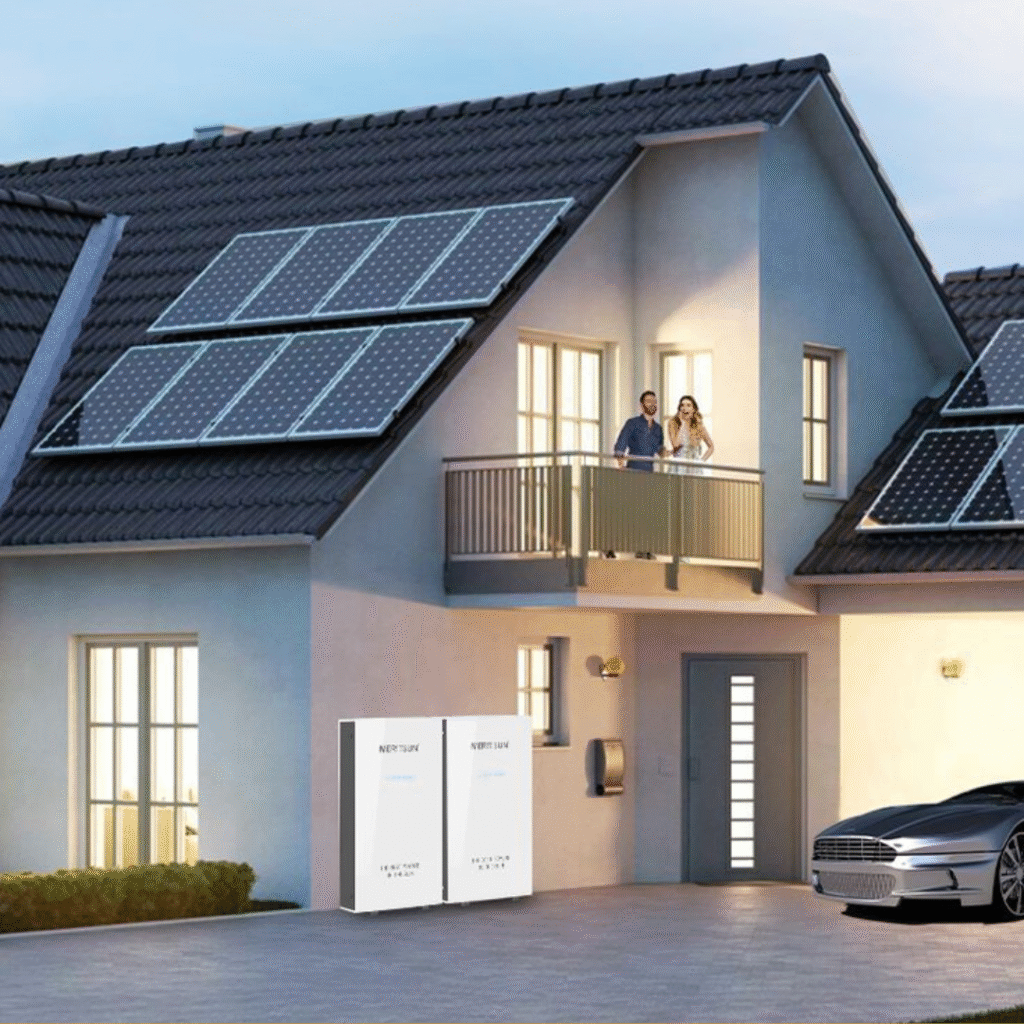Your 2025 Battery Rebate Guide for Australian Homes
A clear guide for Australian homeowners looking to save on solar battery installation.
- Rebate: $372/kWh
- 5kWh – 50kWh Battery Storage
- Starts 1 July 2025
Last Updated: 4th June 2025
Table of Contents
- 1. The Future of Solar Storage Just Got More Affordable
- 2. What’s Happening in 2025?
- 3. What Is the Federal Battery Rebate Program?
- 4. How Much Is the Rebate Worth?
- 5. Who Is Eligible?
- 6. Key Conditions to Keep in Mind
- 7. Can You Combine State and Federal Rebates?
- 8. How to Claim the Rebate?
- 9. Example Battery System Costs Rebates & Bill Savings
- 10. Important Conditions to Know
- 11. Install Now or Wait? Here’s What to Know
- 12. Ask Us Anything
- 13. Final Thoughts & Next Steps
- 14. Ready to Explore Your Options
The Future of Solar Storage Just Got
More Affordable
Powering Homes Affordably
Federal Support Begins in July 2025
From July 2025, Australian homeowners will be able to access a federal rebate for home battery storage. The first time a national incentive has been offered to support households adding batteries to their solar systems.
Lower Battery Costs
Get $372/kWh Back on Battery Storage
The new federal rebate offers $372 per usable kilowatt-hour (kWh) of battery capacity. That means thousands off the upfront cost of a home battery system making solar storage more affordable than ever. But how does it work? Who qualifies? And how much could you really save?
Your Battery Handbook
What’s in This Guide?
We break everything down no jargon, no fine print traps. Learn exactly what’s on offer, who it’s for, how much you could save, and how to get started with battery installation in 2025.
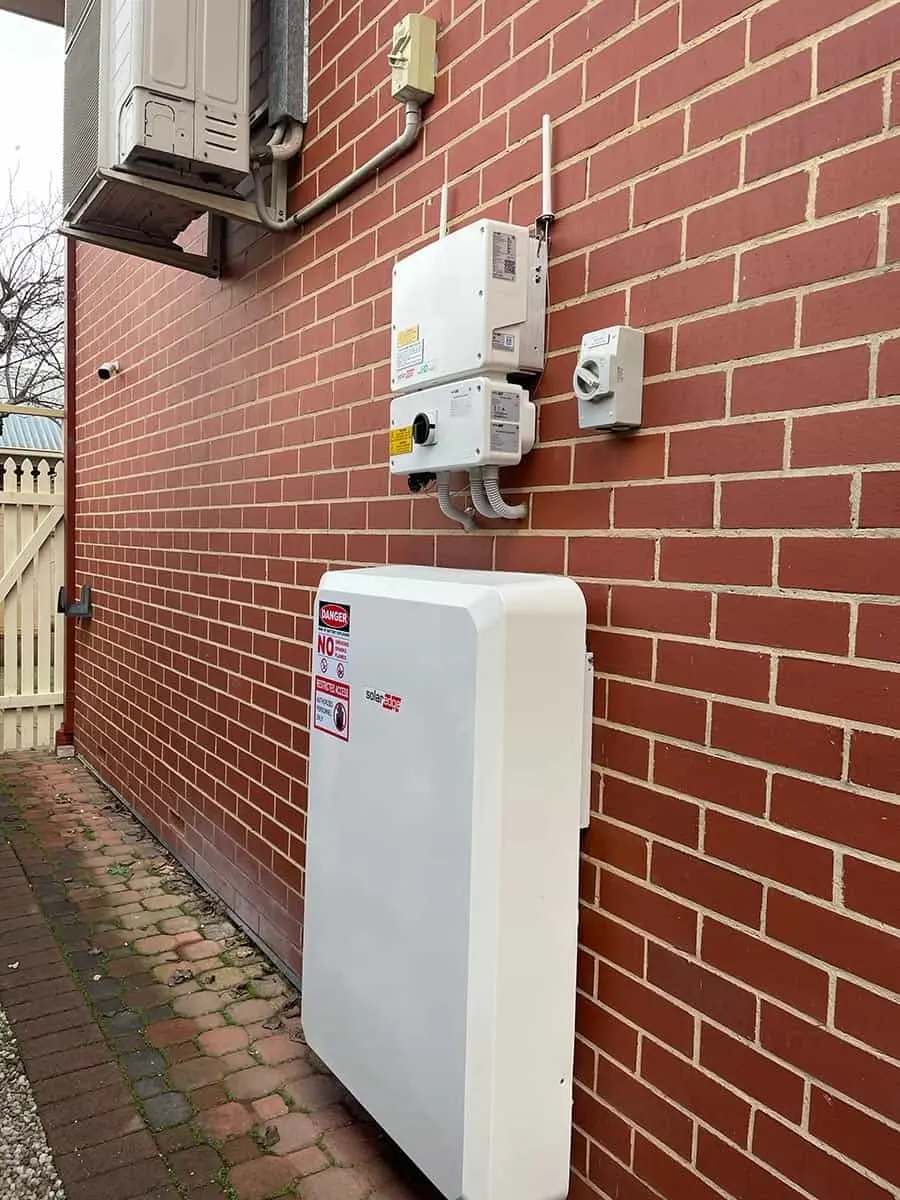
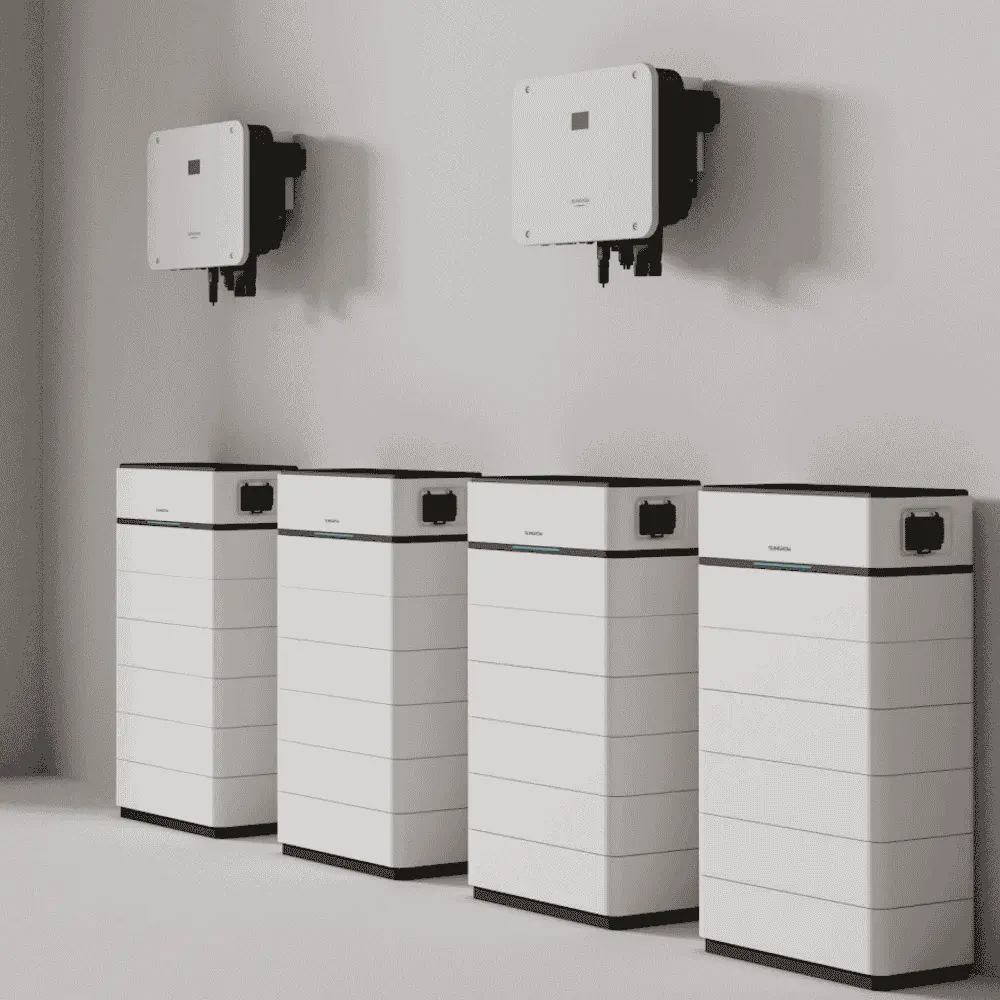
What’s Happening in 2025?
In a landmark move for Australian energy policy, the re-elected Labor Government has confirmed it will launch a nationwide rebate for home battery storage. The first of its kind at the federal level.
This initiative, known as the Cheaper Home Batteries Program, is scheduled to begin on 1st July 2025 and is backed by $2.3 billion in committed funding.
Affordable Battery Storage
Make battery storage more affordable for homeowners and small businesses
Boost Solar Adoption
Support the uptake of rooftop solar by allowing more households to store and use their own energy
Ease Grid Demand
Relieve pressure on the electricity grid during peak times
Strengthen Home Resilience
Improve energy resilience across Australian homes and communities
The rebate will apply nationwide, complementing existing state-level incentives, and is expected to run until 2030, with the rebate amount reducing gradually each year.
While eligibility rules and timelines are still being finalized, homeowners planning to install a battery in mid-to-late 2025 can now prepare with confidence federal support is locked in.
Clean Energy Incentive
What Is the Federal Battery Rebate Program?
The national home battery rebate is a federally funded initiative designed to reduce the upfront cost of installing home battery systems across Australia. It is the first national rebate program for solar batteries, aimed at helping households and small businesses benefit from energy storage and supporting a smarter, more stable electricity grid.
Announced by the re-elected Labor Government in 2025, the program is backed by $2.3 billion in funding and will officially launch on 1st July 2025.
What the Program Aims to Achieve:
- Make home battery storage more affordable
- Help households store and use more of their rooftop solar
- Reduce pressure on the grid, especially during evening peak demand
- Support virtual power plant (VPP) readiness for smarter energy coordination
- Build greater energy independence and reliability at the household level
How the Rebate Scheme Works:
- The rebate is based on the usable capacity of the battery (in kilowatt-hours)
- The rebate is applied at the time of installation, reducing upfront cost
- Batteries must be on an approved list that meets safety and performance standards
- Installation must be completed by an accredited installer under Australia’s new national framework (currently managed by Solar Accreditation Australia)
How Much Is the Rebate Worth?
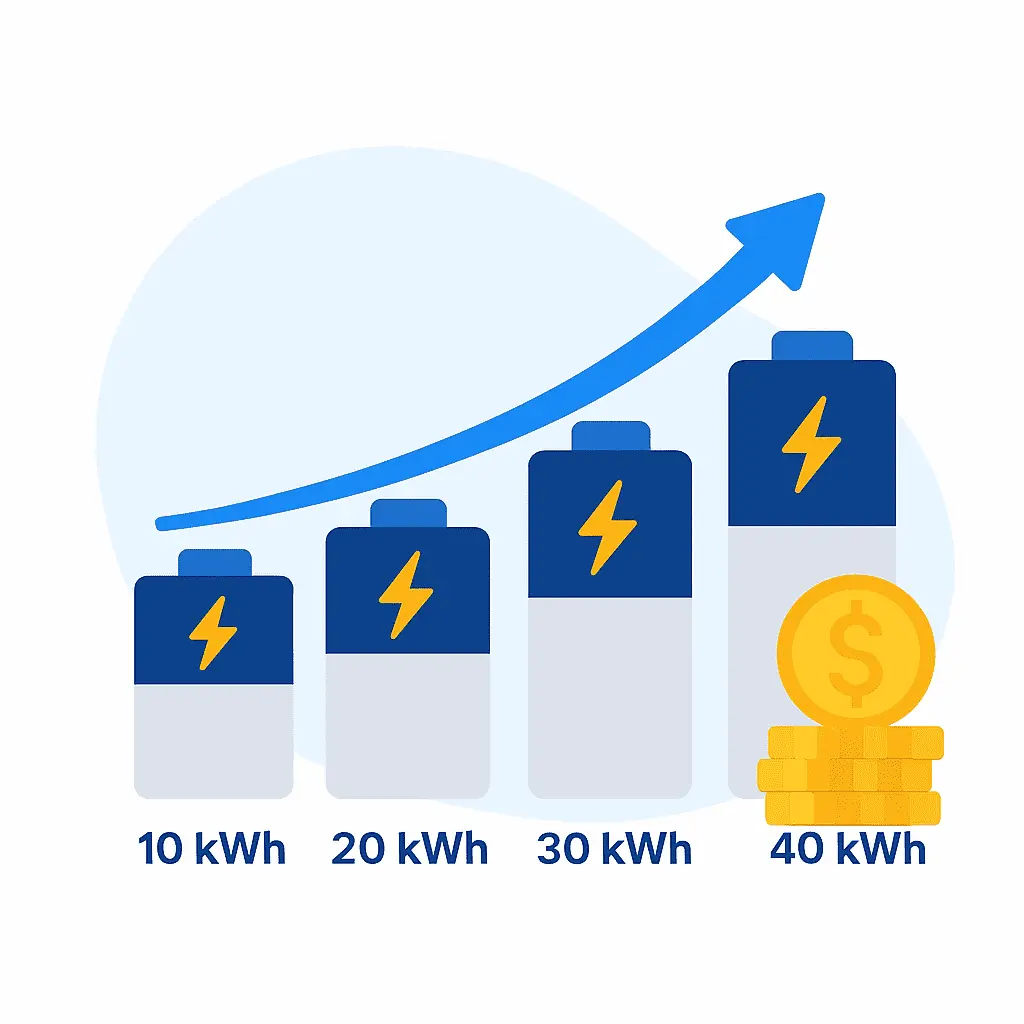
Rebate Rate:
The value of the rebate is tied directly to the usable capacity of your battery system measured in kilowatt-hours (kWh).
- $372 per usable kWh (gross)
- Expected to decline each year until 2030
Estimated net saving to homeowners after admin fees: $330 – $350 per usable kWh
Rebate Declines Over Time
Just like the earlier federal solar panel incentive (STCs), this rebate will step down each year. Meaning the highest benefit goes to early adopters starting from July 2025
Estimates by Battery Size
| Battery Size (Usable) | Gross Rebate | Estimated Net Rebate (After Fees) |
|---|---|---|
| 10 kWh | $3,720 | ~$3,300 – $3,500 |
| 13.5 kWh | $5,022 | ~$4,455 – $4,725 |
| 20 kWh | $7,440 | ~$6,600 – $7,000 |
| 30 kWh | $11,160 | ~$9,900 – $10,500 |
| 40 kWh | $14,880 | ~$13,200 – $14,000 |
💡 Want the biggest rebate? Install before the step-down begins.
Who Is Eligible?
The national battery rebate is designed to be widely accessible with no income testing, and eligibility open to most homes and small businesses across Australia.
You May Be Eligible If You:
- You own or represent a home, small business, or community group in Australia
- You're installing a battery sized between 5–50 kWh (usable capacity)
- Your battery is on the approved federal product list (to be published)
- Installation is done by a nationally accredited installer
- You already have or are installing rooftop solar
- Your battery is VPP-capable (virtual power plant–ready)
No Income or Location Restrictions
- No income test — all households are eligible
- Available nationwide — claim it in any state or territory
- Combine with state rebates where available
📌 A formal eligibility checklist will be published closer to the program’s July 2025 launch. We’ll update this guide as new details are released.

Key Conditions to Keep in Mind
To qualify for the federal rebate, there are a few important rules and technical conditions you’ll need to meet:
Battery Size: 5–50 kWh
If your system is larger than 50 kWh, you'll only receive the rebate for the first 50 kWh of usable capacity.
Meet National Standards
Must be installed by an accredited technician and meet Australian safety and installation standards.
Ease Grid Demand
Only batteries that meet VPP-readiness, safety, and performance standards will qualify for the rebate.
Boost Solar Adoption
You don’t need to join a VPP — but your battery must be capable of doing so.
Eligibility Date
Systems installed before July 1, 2025 won’t qualify unless transitional rules are announced.
Federal + State Support
Can You Combine State and Federal Rebates?
Yes. In many cases, you can combine this national rebate with local battery support schemes (where available). Here’s how it looks state by state:
State-by-State Overview
NSW
- Rebate of $1,600–$2,400
- Extra $250–$400 for joining VPP
- Stackability with federal rebate not yet confirmed
VIC
- Interest-free loan up to $8,800
- Can be combined with federal rebate
NT
- $400 per kWh (up to $12,000)
- Can be combined with federal rebate
ACT
- Interest-free loan up to $10,000 for batteries
- Can be combined with federal rebate
QLD, SA, TAS
- No state programs
- Eligible for federal rebate only
WA
- Rebate expected mid-2025
- Likely to be stackable with federal rebate

| State | Type | Support Details | Stackable? |
|---|---|---|---|
| NSW | Rebate + VPP | $1,600–$2,400 + $250–$400 (stacking not confirmed) | ⚠️ Pending |
| VIC | Interest-Free Loan | Up to $8,800 | ✅ Yes |
| NT | Rebate | $400/kWh up to $12,000 | ✅ Yes |
| ACT | Interest-Free Loan | Up to $10,000 for batteries | ✅ Yes |
| QLD, SA, TAS | No state program | Federal rebate only | ✅ Yes |
| WA | Rebate (Coming 2025) | Expected mid-2025 | ✅ Likely |
Simple Claim Process
How to Claim
the Rebate?
The process is designed to be simple for homeowners
Choose a Battery & Installer
Make sure your battery is on the approved product list, and your installer is accredited under the national framework.
- Both will be available from July 2025
📌 Most rebates are processed automatically at the time of install. There’s no separate government form for homeowners to fill out — your installer handles it all.
Get a Quote With the Rebate Included
Your quote will show the rebate as an upfront discount — no extra forms or paperwork needed.
- Confirm the rebate amount is listed on the installer’s quote.
📌 Most rebates are processed automatically at the time of install. There’s no separate government form for homeowners to fill out — your installer handles it all.
Installation & Submission
Your system is installed and commissioned by your chosen installer.
They’ll submit all documents and confirm your eligibility on your behalf.
📌 Most rebates are processed automatically at the time of install. There’s no separate government form for homeowners to fill out — your installer handles it all.
Keep Records
Save your quote, invoice, battery warranty, and any rebate confirmation for future reference.
- You won’t need to claim the rebate yourself but good documentation is always smart.
📌 Most rebates are processed automatically at the time of install. There’s no separate government form for homeowners to fill out — your installer handles it all.
Updated for 2025 rebate launch — figures are estimates only
Example Battery System Costs
Rebates & Bill Savings
| System Size ⚙️ | Typical Pre-Rebate Cost 💰 | Federal Rebate 🏛️ | Estimated Out-of-Pocket 💳 | Estimated Annual Bill Savings 💵 | Best For 🏡 |
|---|---|---|---|---|---|
| 10 kWh | $10,000 – $11,000 | $3,300 – $3,500 | ~$6,700 – $7,700 | $600 – $1,000 | Standard homes with solar |
| 13.5 kWh | $14,000 – $15,000 | $4,455 – $4,725 | ~$9,300 – $10,500 | $900 – $1,400 | Larger households |
| 20 kWh | $16,500 – $18,000 | $6,600 – $7,000 | ~$9,500 – $11,000 | $1,200 – $1,800 | EV or VPP-ready homes |
| 30 kWh | $22,000 – $25,000 | $9,900 – $10,500 | ~$12,000 – $15,000 | $1,600 – $2,400 | All-electric or large homes |
| 40 kWh | $28,000 – $32,000 | $13,200 – $14,000 | ~$15,000 – $18,000 | $2,000 – $3,000 | Multi-family / off-grid use |
Conditions Apply
Important Conditions to Know
The rebate is generous but there are a few rules to be aware of before you install.
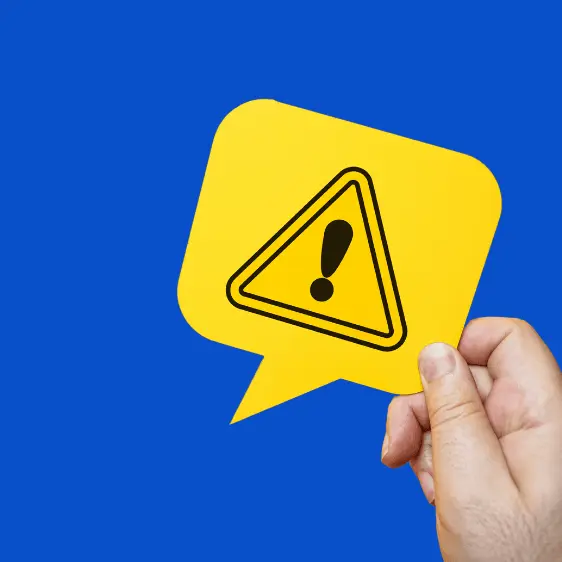
Rebate Decreases Each Year
The rebate steps down each year until 2030 ,the sooner you install, the more you’ll get.
Must Use Approved Batteries and Installers
Only systems from the approved battery list and installed by accredited installers will qualify.
Battery Must Be VPP-Ready
Your battery doesn’t need to be in a VPP but it must be capable of joining one.
Admin Fees May Apply
Expect around $330–$350 per usable kWh after admin deductions slightly lower than the gross $372/kWh.
Install Now or Wait? Here’s What
to Know
Why Installing Early Pays Off
- Maximize your rebate by installing in 2025 or 2026, before step-downs begin
- Avoid delays or product shortages as demand rises post-launch
Still Comparing Your Options?
- The rebate is available through 2030, so there’s still time to plan
- Use this guide to compare batteries, installers, and eligibility in advance
We Have Great Answers
Ask Us Anything
1 July 2025. Systems commissioned before this date will not qualify.
Yes. The rebate applies whether you’re adding a battery to an existing system or installing a new system with solar and storage.
Roughly $330–$350 per kWh after admin fees. The gross rebate is $372 per kWh.
Yes. If you’re eligible for both, you may be able to stack them (e.g. NSW, VIC, NT)
No, but your battery must be capable of participating.
You won’t be eligible unless transitional rules are announced. Delay commissioning if you’re close to the cut-off.
Yes. Rebates apply to usable capacity between 5 kWh and 50 kWh. Systems larger than 50 kWh will be capped.
A full approved product list and national installer accreditation register will be released before the rebate starts on 1 July 2025.
When you get quotes through our platform, we only connect you with eligible installers using compliant batteries, so you’re always covered.
Clean Energy Incentive
Final Thoughts & Next Steps
The federal battery rebate represents a huge step forward for clean energy in Australian homes. Whether you’re motivated by bill savings, energy independence, or climate concerns, this could be the most affordable time to invest in solar battery storage.
What You Can Do Now:
- Compare battery options and ask your installer about eligibility
- Request multiple quotes with the rebate already factored in
- Use this guide to understand how to maximize your savings
We’ll Keep This Updated
As final rules and documentation are released, we’ll revise this guide accordingly.

